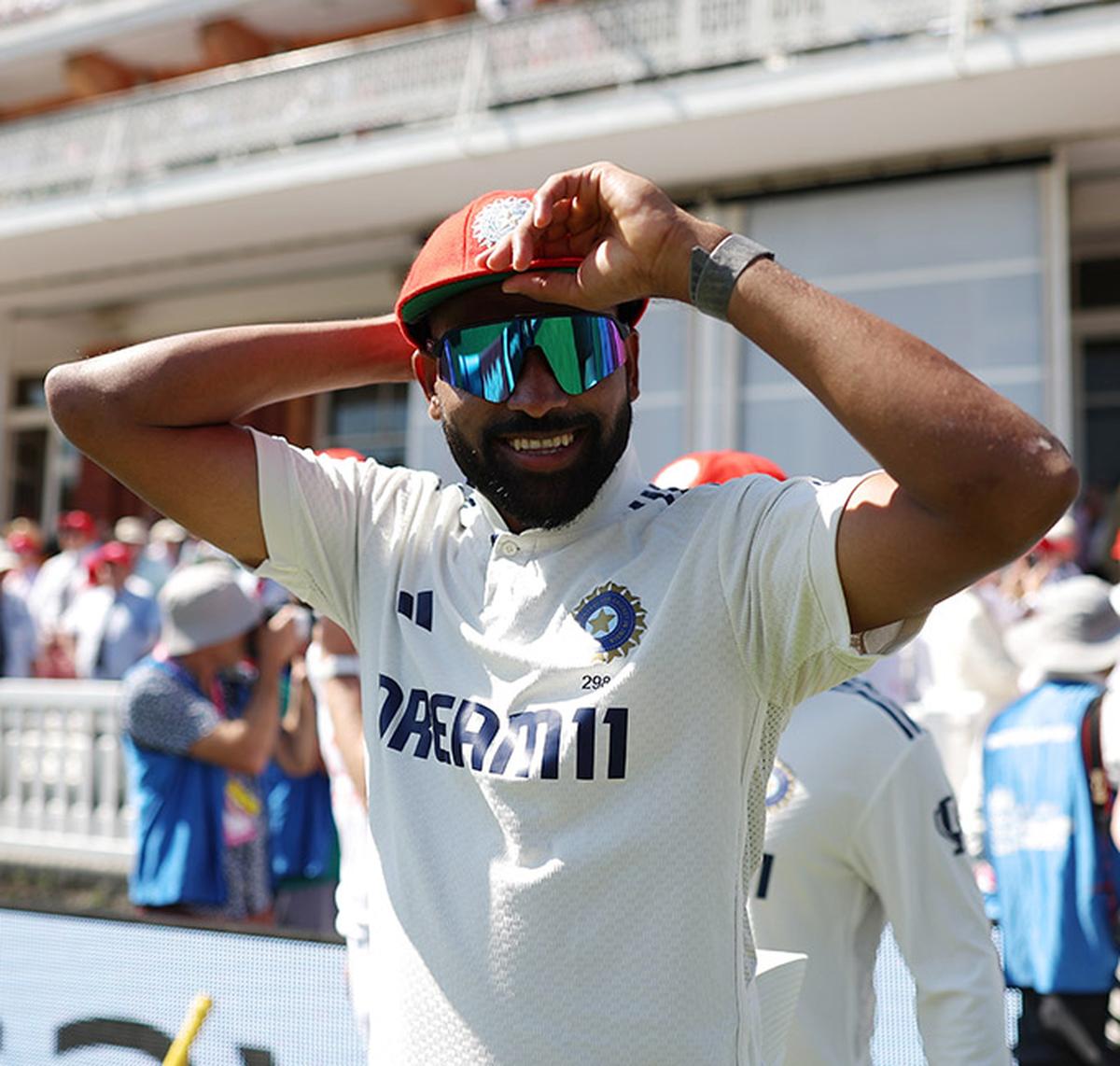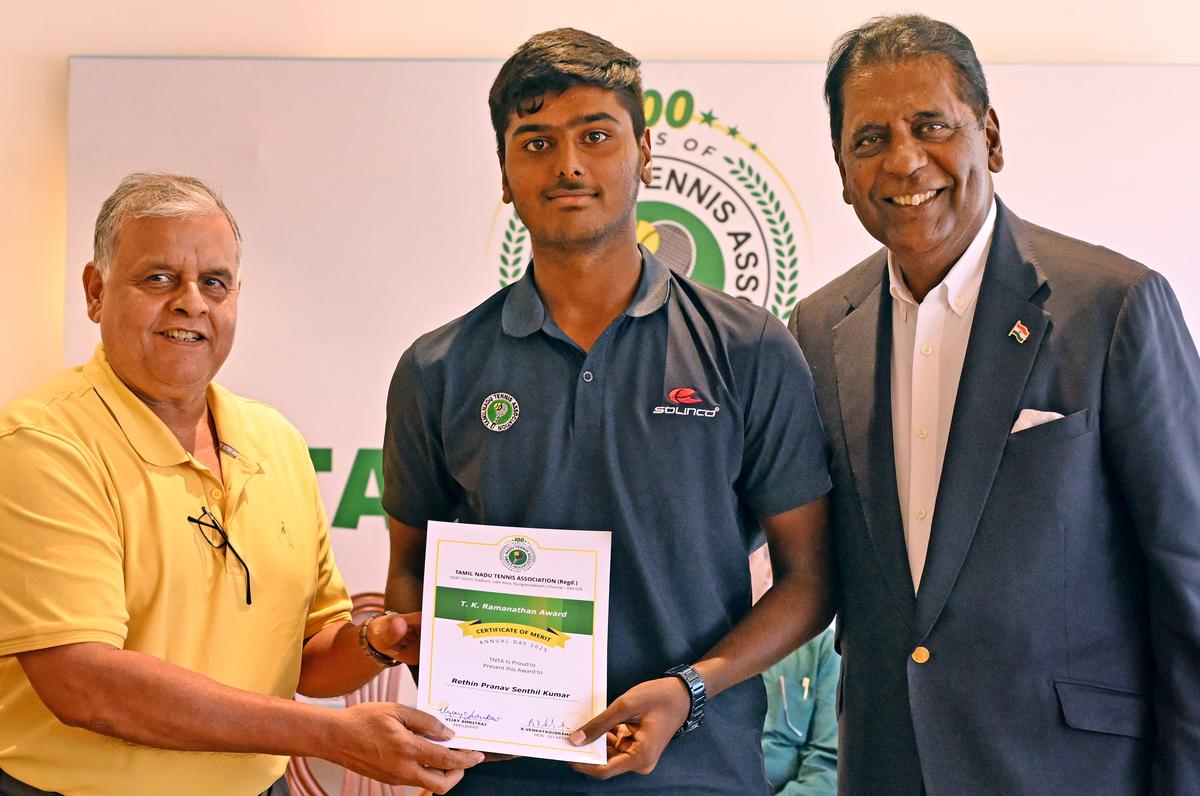Jasprit Bumrah is acknowledged as the best bowler of his generation, with complete and total justification, but it will be no exaggeration to say that without Mohammed Siraj, India’s bowling will collapse outside the subcontinent.
The numbers might not quite back that assertion, but in any case, the numbers only tell half the story. They are plain and cold and unemotional and impossible to argue with, but they don’t take into account passion and energy, effort and commitment. They can’t quantify heart. And that’s something the Hyderabadi has in ample measure. If the size of the heart alone was sole criterion in the wickets column, Siraj would already have a thousand. At the minimum.
As it stands, Siraj’s Test stats might appear to border on the modest – 113 wickets in 39 matches. When viewed against Bumrah – 217 wickets in 47 Tests, 104 wickets more in just eight additional games – they do seem unflattering, but it’s worth remembering that we are comparing Siraj’s tally with someone who is already being hailed as the greatest pacer of all time, even though he has only featured in 89 ODIs and 70 T20Is to go with his 47 Tests.
ALSO READ: Flashy workhorse Siraj and the head honcho’s hat
Rare commodity
What you get with Siraj, you don’t get with too many fast bowlers of his time worldwide. Maybe New Zealand’s Neil Wagner and England’s extraordinary captain Ben Stokes. But how many others can be relied upon to bowl eight or nine overs in a single spell, whether in searing heat or on the most unresponsive of surfaces or oftentimes both combined?
Eight or nine overs without a drop in intensity, without allowing batters to breathe easy, without conceding a quarter but always looking for an inch through all means legal and allowed?
By his own admission, Siraj is an emotional individual. He wears his heart on his sleeve, he loves getting into a verbal battle, he likes to chatter and chirp and talk and scrap, but there is no malice. Because he isn’t as expressive in a language that he has tried to get better at, it is easy to paint him as the villain, like all of Australia did for his send-off to Travis Head in Adelaide in December. But Siraj doesn’t care.
He truly doesn’t. His job, apart from taking wickets, is to try to unsettle set batters, to appeal to their ego and get them to attempt something different. Sometimes, it comes with a slap on the wrist, like the 15% loss of his match fee at Lord’s when he touched shoulders with Ben Duckett after dismissing the England opener in the second innings. But it’s a price he is willing to pay, literally, if it gives him just the slightest edge in his quest for wickets for his team, his country.
His thinking is simple, uncomplicated, without venom. He doesn’t just run in and bowl without purpose or a plan. Behind that often benign, smiling exterior is a tough-as-nails attitude and a thinking brain for which he doesn’t get due credit. Just as Ravindra Jadeja’s innate cricketing intelligence has been often eclipsed by R. Ashwin’s more visible presence, Siraj has had to walk in Bumrah’s massive shadow. Like the Saurashtra all-rounder, Siraj too has done that uncomplainingly, ungrudgingly.
His competition is not with Bumrah – he knows that that is a futile exercise – but Siraj’s primary battles are with himself. How to become better each day. What to keep adding to his bag of tricks. How to work batters over. How to bring a game seemingly drifting away from his side to life, how to energise his colleagues who might be losing focus and allowing shoulders to drop on a hot day with a big partnership is developing.
Rishabh Pant is the witty engine room behind the sticks with his charming one-liners and his nuanced commentary of the game which is so engaging that the actual commentators sometimes put their mics down and allow him to entertain the viewers. Siraj isn’t as eloquent and he is always too far away for the stump microphone to catch his words. But he is the one leading the cheering brigade, clapping incessantly, urging his teammates to follow suit and now taking it upon himself, in Virat Kohli’s absence, to get the crowd going. He may not always succeed, but it is impossible not to be touched by his sincerity, his earnestness, his commitment to the cause and the sense of oneness and team that compels him, for instance, to take Bumrah’s arm holding the ball and hold it high over the head when the champion pacer is too tired to acknowledge the cheers for a five-wicket haul, as happened at Lord’s.
Siraj’s boundless energy isn’t restricted to just match-play. Even as practice, he thunders in – scratch that, he glides in beautifully, like a superbly primed athlete – and tests one batter after another ball after probing ball. When he is greeted with a screaming stroke, he smiles sheepishly.
Classic example
When he beats the bat or knocks the stumps over, that changes to a broad grin and, occasionally, a grateful look heavenwards. He is the classic example of replicating a game scenario in the nets, a wonderful virtue to possess because being switched on then doesn’t become drudgery or a conscious exercise.
‘Sir’ slides off his tongue regularly when he begins to answer every question in a press conference, where his earthy humour and easy nature surface every so often. He speaks with feeling about the motivation that comes with wearing an India shirt, he insists there is no secret to his undimming energy because ‘When I play for the country, I want to give my 100 per cent. I don’t want to feel that I missed something that I should have done. I don’t want to have any regrets. Whatever the result is, my only plan is to give my 100%. When I go to sleep, I want to feel that I gave it my all’.
Every captain’s dream, Siraj has been supremely unlucky in his four and a half years in Test cricket. Chances haven’t often gone to hand and when they have, as many have been shelled as have been taken. After a baleful look at the offender and an exasperated throwing up of his hands, he shrugs mentally and gets back to business again. How? How can you not let go, Siraj? How do you keep your calm despite being at the receiving end so many times?
“If I don’t get the results in this game, I will get them in the next, that’s what I tell myself,” he rationalises. “Every bowler wants to get wickets while bowling. But if you are unlucky today, you will get lucky somewhere else. God has ensured that you have reached here, you will reach further, so don’t be so irritated. As a bowler, I do get irritated. I beat (Joe) Root so many times in the last match but I couldn’t get him out, so I did feel irritated. But I tell myself that it is very simple — God has given so much, he will give more.” Great attitude, you say? Undoubtedly, we return.
Bumrah is the bowler opponents fear the most, but they will also assert that with Siraj, they have to be on their guard all the time. An extremely skilful bowler who was identified and nurtured by Bharat Arun during the 2016-17 domestic season when he was the coach of the Hyderabad state team, Siraj has now added the lethal scrambled seam delivery to his repertoire, which has made him even more dangerous. And while he does take, on average, less than three wickets a Test, 16 of those matches have come in India and Bangladesh, where he has bowled more than 20 overs in an innings just once (against England in Rajkot in February 2024).
His average of 30.88 compares favourably with several Indian fast bowlers – of those with at least 100 Test wickets, only Kapil Dev, Javagal Srinath ad Mohammed Shami, apart from Bumrah – boast a better average and only Bumrah and Shami have taken wickets quicker than the 52.74 deliveries he needs per scalp. These are extraordinary numbers when one considers that among those who have taken 100-plus sticks are also Zaheer Khan, Ishant Sharma, Umesh Yadav and Irfan Pathan. This Siraj, he certainly doesn’t merely make up the numbers.
Siraj enjoys a terrific rapport with Bumrah, though interestingly enough, his best performances have come when Bumrah hasn’t played for one reason or the other. Alongside Bumrah in 24 Tests, Siraj has 73 wickets, average 33.56, strike-rate 55.7, with a solitary five-for. When Bumrah hasn’t played in the other 15 Tests, his corresponding numbers are 40, 26, 47.3 and 3 respectively.
Siraj.
| Photo Credit:
Getty Images
“When responsibility is placed on my shoulders, I feel very proud,” Siraj remarks, simply and without affectation. “When you get the responsibility to lead your country’s attack, it feels very good when you perform. When Jassi bhai was not there in 2023, I was the No. 1 bowler (in the world in ODIs). It feels very good for the team and for me.”
Check out that sequence – Siraj’s propensity to rise to the occasion when he is thrust into the leadership role. Clearly, he relishes that; it’s not that he can’t be the foot soldier to Bumrah’s general, but when he is temporarily elevated to the position of the head of the bowling group, he seems to find that little bit extra, that special something that allows him to rise above his normal passionate self and become an even more pronounced threat.
To be able to do all that even during and towards the end of a long spell speaks not just to his physical fitness but also to his immense mental reserves. Siraj is the perfect embodiment of the ultimate team man. He leaves nothing behind in the changing room, and while he understandably covets individual glory, he will give that up in a trice if it means that his team, his country, is on to a good thing.


